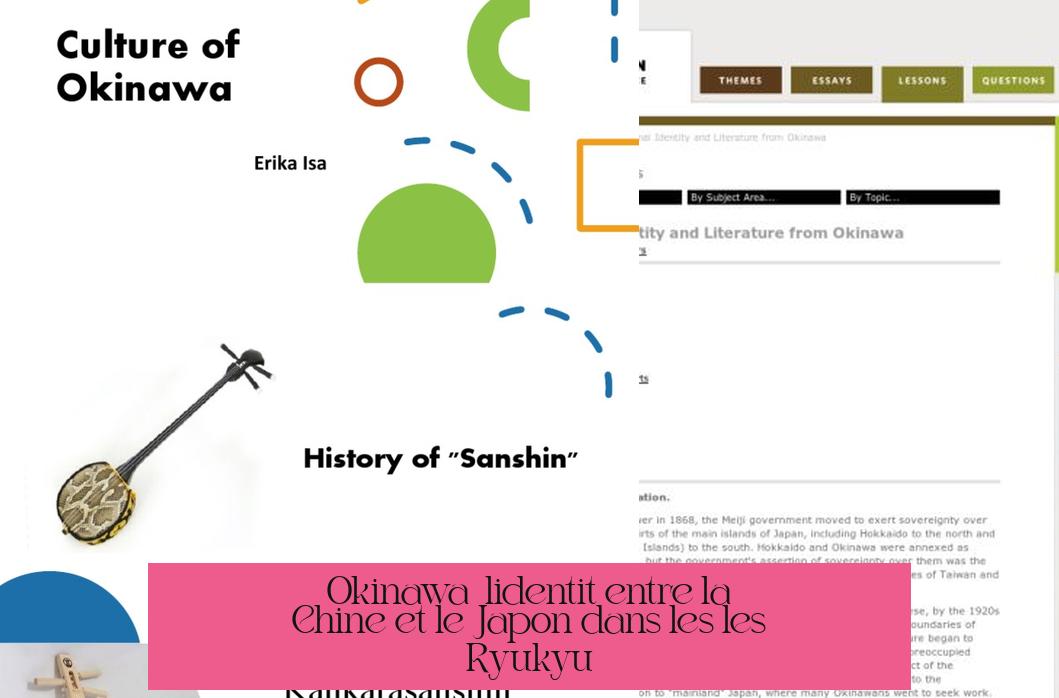Okinawa : plus chinoise ou japonaise ?
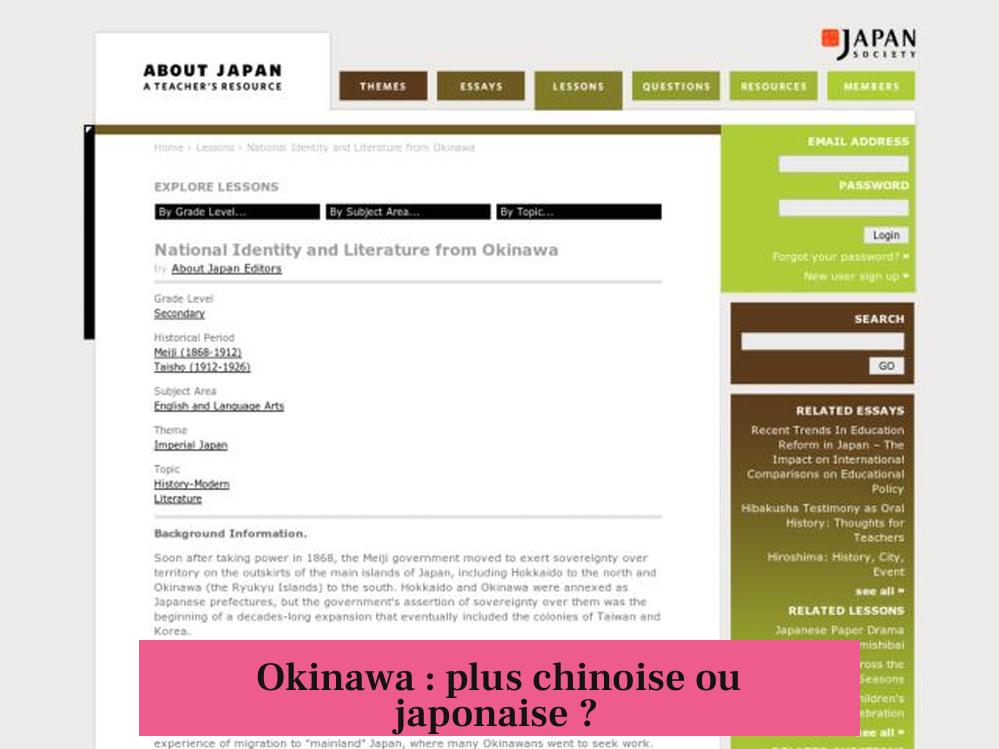
Okinawa est politiquement japonaise, mais génétiquement et culturellement, elle montre une forte appartenance au Japon tout en intégrant des influences chinoises notables. Cette île possède une identité unique, fruit d’une histoire complexe, d’une différenciation génétique et d’interactions culturelles multiples.
1. Structure génétique des Okinawaiens
Les études génétiques récentes révèlent que les Okinawaiens ont un génome distinct avec une homogénéité élevée et une diversité hétérozygote réduite. Leurs caractéristiques génétiques se rapprochent nettement des populations d’Asie de l’Est.
- Leur profil génétique se concentre géographiquement près des Japonais plutôt que des Chinois.
- Une analyse basée sur 52 populations de référence mondiale montre que les Okinawaiens forment un groupe homogène, très proche des populations japonaises.
- Les marqueurs d’ancrage génétique indiquent environ 80 % d’admixture avec les Japonais du continent et 19 % avec des groupes chinois.
2. Relations génétiques entre Okinawaiens, Chinois et Japonais
Les analyses d’admixture ont utilisé des populations de Han chinois et de Japonais pour estimer leurs ressemblances. Okinawa apparaît génétiquement plus proche des Japonais, reflétant la migration depuis les îles principales du Japon vers Ryukyu plutôt qu’une assimilation directe à partir de la Chine continentale.
| Population | Admixture moyenne avec Okinawa |
|---|---|
| Japonais | 80 % |
| Chinois | 19 % |
3. Contexte ethnique et historique
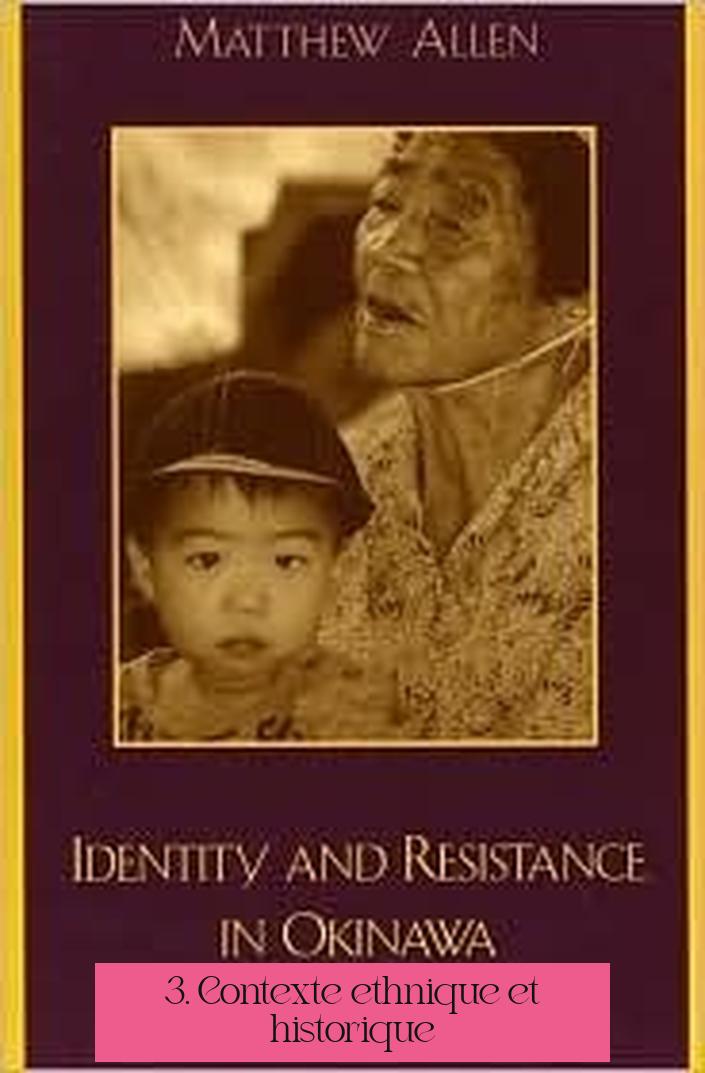
Les Ryūkyūans, peuple indigène d’Okinawa, représentent un mélange complexe d’éléments Aïnous, Malais, Coréens, Chinois et Japonais. Leur patrimoine distinct se rattache à une longue lignée de chasseurs-cueilleurs Jōmon présents il y a plus de 16 000 ans.
Les relations entre le royaume de Ryūkyū, la Chine et le Japon ont façonné son identité politique et culturelle. Pendant longtemps, Okinawa fut un royaume tributaires à la Chine tout en étant vassal au Japon après l’invasion par Satsuma en 1609.
4. Identité culturelle unique d’Okinawa
Les Okinawaiens s’identifient souvent davantage à leur héritage local qu’à la nationalité japonaise. Leur langue, différentes des dialectes japonais, ainsi que certaines pratiques culturelles montrent une forte spécificité.
- Leur langue et leurs dialectes Ryūkyū diffèrent du japonais standard.
- La culture intègre une religiosité indigène avec des éléments animistes et des influences du bouddhisme et du shintoïsme.
- Des influences chinoises sont visibles dans l’art, l’architecture et les pratiques religieuses, héritage de relations historiques.
5. Influence historique de la Chine et du Japon
Okinawa a connu une période où elle est devenue un pont commercial entre la Chine, le Japon, et d’autres pays asiatiques. Son histoire reflète une double vassalité qui a imposé des influences des deux côtés.
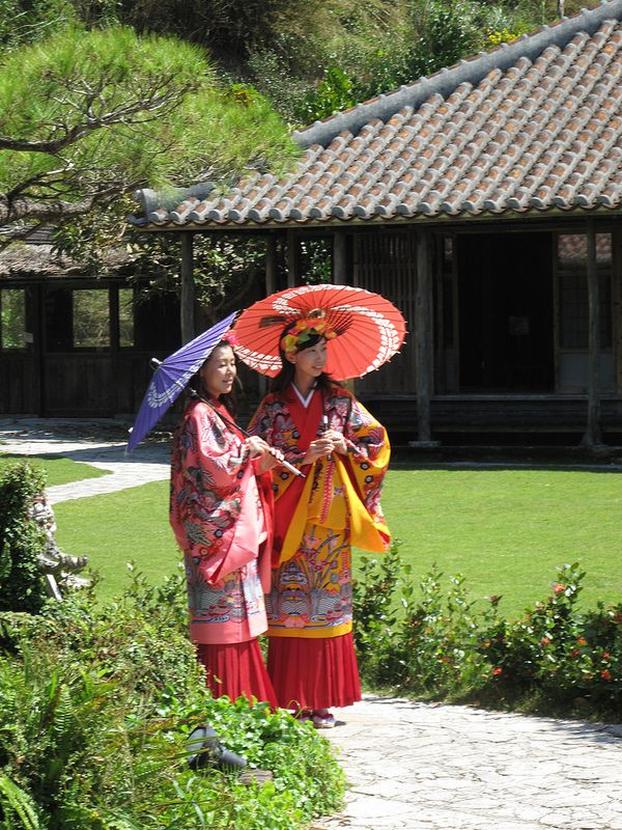
| Période | Influence majeure | Effets |
|---|---|---|
| 1372-1609 | Tribut à la Chine Ming | Relations commerciales, culturelles et diplomatiques |
| 1609-1879 | Satsuma (Japon) | Domination politique, deux vassalités simultanées |
| 1879-aujourd’hui | Intégration à l’État japonais | Assimilation forcée, renforcement identitaire indépendant |
6. Résumé des influences sur Okinawa
Okinawa s’inscrit dans le Japon contemporain tout en conservant un héritage culturel, génétique et politique distinct. Sa population présente une majorité génétique japonaise avec une part chinoise significative.
- Sur le plan génétique, Okinawa est plus proche du Japon que de la Chine.
- Historiquement, ses liens furent partagés entre la Chine et le Japon.
- Culturellement, l’île se distingue par une identité propre influencée par plusieurs voisins asiatiques.
- Politiquement, Okinawa fait partie de l’État japonais depuis 1879.
Points clés à retenir
- La population d’Okinawa est génétiquement distincte mais plus proche du Japon que de la Chine.
- Les influences chinoises sont marquées dans l’histoire et la culture, sans dominer l’identité actuelle.
- Okinawa conserve une culture et une langue propres, séparées du japonais standard.
- L’île a subi une assimilation politique japonaise tout en gardant une forte identité locale.
- Les relations historiques avec la Chine et le Japon ont façonné une identité complexe et hybride.
Is Okinawa More Chinese or Japanese? Unpacking the Identity of the Ryukyu Islands
Okinawa is politically Japanese but culturally, historically, and genetically, it carves out its own unique space—one that’s neither strictly Chinese nor Japanese but a fascinating blend leaning mostly toward Japanese roots. This duality sparks curiosity and sometimes confusion. So what’s really going on with Okinawa’s identity? Let’s dive in.
First, Okinawa is part of Japan administratively and legally since 1879, but it was once the independent Ryukyu Kingdom with its own language, culture, and political ties. Geographically, Okinawa sits as a bridge in the East China Sea between mainland Japan, Taiwan, and China, about 500 km from Japan’s main islands. This isolation fostered a distinct evolution—both culturally and genetically.
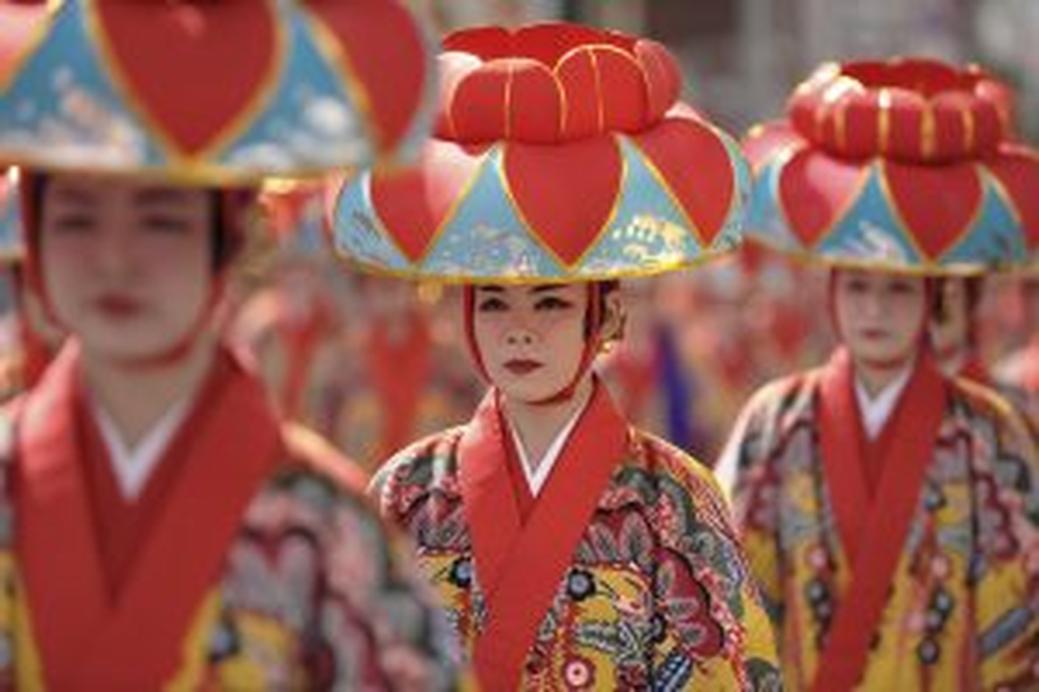
Genetics: The DNA of Okinawa’s People
Genetic studies tell an intriguing story. When scientists analyzed genomes of Okinawans, using technologies like the Affymetrix GeneChip Human Mapping 500K array and comparing data with global populations, they found Okinawans clustering tightly with East Asians overall but with a notable concentration near Japanese populations rather than Chinese.
Okinawan genetics show more homogeneity, longer-range linkage disequilibrium, and less haplotype diversity than both mainland Japanese and Chinese. They developed a specialized panel of ancestry-informative markers (AIMs) and used software like STRUCTURE to estimate admixture. The results? Okinawans share roughly 80% of their genetic makeup with mainland Japanese and about 19% with Chinese groups.
So it’s almost like Okinawans are a sibling to the Japanese, rather than a cousin to the Chinese.
The Historical Backdrop That Shaped Okinawa’s Identity
Okinawa’s history is a weave of independent status and external influences. The Ryukyu Kingdom thrived from 1429 until Japan’s annexation in 1879. For centuries, Ryukyu maintained tributary relations with Ming China, engaging in trade and cultural exchange. However, it was also a vassal state to Japan’s Satsuma Domain after 1609, resulting in a complex, dual allegiance.
This political dance shaped Okinawa’s culture: a mix of indigenous Ryukyuan elements, Chinese influence, and Japanese political control.
Consider this: The unique Okinawan language and religious practices are hardly identical to mainland Japan’s. And their native animism and matriarchal customs didn’t disappear under Japan’s assimilation policies—though they certainly came under pressure, especially during the Meiji era and post-WWII.
Cultural Distinctiveness and Language
Okinawa has its own language group within the Japonic family, separate from standard Japanese. While use of the Okinawan language is declining, it remains a vital part of cultural identity. Greetings like “Haisai” (men) and “Haitai” (women) reflect this uniqueness.
Okinawan culinary traditions differ markedly from mainland Japan. Their diet—green and yellow veggies, bitter melon (goya), pork dishes like rafute, and the local distilled awamori drink—points to a culture deeply rooted in island life.
And did you know? Karate originated here, a testament to Okinawa’s rich martial heritage. Music with the sanshin instrument, folk dances like Eisa, and different religious blends complete the cultural bouquet.
Physical Traits and Perceptions
Sometimes, Okinawans get likened to Chinese or Taiwanese based on their darker skin tone and flatter nose. Scientists and travelers alike notice these subtle yet distinctive physical characteristics that set Okinawans apart from mainland Japanese.
This perception fuels questions about their true origins. In reality, these features likely stem from ancient population isolation and admixture rather than recent Chinese ancestry. Okinawa’s long-term isolation encouraged unique genetic traits and cultural evolution.
The Voyage of Ancestry: Who Are the Ryukyuans?
Okinawans descend from a blend of ancient Jomon hunter-gatherers, indigenous groups related to the Ainu, and subsequent migrants who followed northern and southern routes through the archipelago. Interestingly, the later Yayoi migration, which heavily influenced mainland Japan, had less effect on Okinawa, maintaining its population’s distinctiveness.
Genetic markers reveal a fascinating story: mitochondrial DNA haplogroups D4 and M7a tie Okinawans both to Yayoi and Jomon ancestors, but with marked continuity separate from mainland Japan and Taiwan aboriginals. The male Y chromosome data echoes this complexity with haplogroups typical to East Asia, reinforcing close ties yet distinctiveness from neighbors.
Longevity: A Genetic and Cultural Marvel
Okinawa’s fame for exceptional longevity challenges researchers worldwide. Centenarians here often share genetic markers and lifestyle habits uncommon elsewhere. For example, siblings of Okinawan centenarians have a 3 to nearly 4 times greater chance of reaching 100 years.
Low cardiovascular and age-related disease rates, combined with their “hara hachi bu” eating custom (eating until 80% full), suggest a powerful mix of genes and culture creating this longevity phenotype. This unique trait hints at the role genetic isolation and natural selection have played.
Political Identity and Modern-Day Okinawa
Despite being part of Japan politically, many Okinawans prioritize their Okinawan heritage. Japan annexed Okinawa only in 1879, which is relatively recent. For almost a century before that, the Ryukyu Kingdom was a thriving independent player with international ties.
Post-World War II was turbulent. The U.S. military occupied the islands for decades, leaving behind large bases that remain controversial. Okinawans express resentment toward the large American presence, adding a layer of political tension to their distinct identity.
Discrimination and marginalization issues exist, with Okinawans often feeling overlooked by the mainland Japanese government. Their efforts to preserve language, culture, and traditions reflect this dynamic.
The Balanced Verdict: More Japanese or More Chinese?
Okinawa is undeniably Japanese in political terms but culturally distinct—something akin to a cousin who lives in the same family but has a very different lifestyle and traditions. Genetically, Okinawans cluster much closer to Japanese than to Chinese, with only a modest (around 19%) Chinese genetic influence, likely due to historic trade connections and proximity.
The strong Japanese DNA presence results from ancient migration patterns and shared ancestry with the Yamato people, though Okinawans keep their unique Ryukyuan identity separate from mainland Japanese.
Culturally, Okinawa inherits more from its Ryukyu Kingdom legacy mixed with both Chinese and Japanese influences but is neither fully Chinese nor fully Japanese in tradition or language.
A Journey of Identity and Diversity
So, what is Okinawa? It’s a blend of history, genes, culture, and politics.
- Genetically, Okinawans are mostly Japanese with some Chinese admixture.
- Culturally, they hold on to a unique Ryukyuan heritage distinct from mainstream Japan.
- Historically, influenced by both China and Japan yet independent for centuries.
- Politically, firmly part of Japan but with a strong local identity.
Okinawa challenges simple labels. Its identity is a mosaic—formed by migration, isolation, trade, cultural exchange, and resilience. Isn’t that a lot more interesting than a black-or-white answer?
Curious for More?
If you visit Okinawa, notice these unique markers: listen for “Haisai” in greetings, taste awamori and goya champuru, watch Eisa dance, and appreciate the laid-back vibe blending Chinese, Japanese, and indigenous customs.
Okinawa is a place where history lives in surprising ways—not just through monuments or textbooks, but in the very DNA and daily life of its people.
In the end, Okinawans might shrug and say, “Why choose? We are Okinawan.” And that might be the truest answer of all.
Okinawa est-elle génétiquement plus proche des Chinois ou des Japonais ?
Les analyses génétiques montrent que les Okinawaiens sont plus proches des Japonais que des Chinois. Ils forment un groupe distinct au sein des populations d’Asie de l’Est, avec peu d’influence chinoise récente.
Pourquoi Okinawa a-t-elle une identité génétique unique malgré sa proximité avec la Chine et le Japon ?
Okinawa est une population isolée depuis des millénaires. Son isolement géographique a réduit les mélanges génétiques, conduisant à une homogénéité génétique distincte des populations voisines.
Quel rôle joue l’histoire dans l’identité culturelle et génétique d’Okinawa ?
Historiquement, Okinawa était un royaume indépendant avant son annexion par le Japon en 1879. Cette histoire contribue à une culture et une identité génétique propres, différant des Japonais de l’archipel principal.
Okinawa présente-t-elle des caractéristiques culturelles plus proches de la Chine ou du Japon ?
Culturellement, Okinawa partage des éléments avec le Japon mais conserve une langue, une musique et des traditions uniques. Elle ne s’identifie pas strictement à la culture chinoise ni à celle du Japon continental.
Comment l’isolement géographique d’Okinawa influence-t-il sa génétique et sa culture ?
Située à plus de 500 km du Japon continental et proche de Taiwan, Okinawa a été peu influencée par les migrations récentes. Cela a favorisé le maintien d’une génétique et d’une culture isolées et distinctes.

